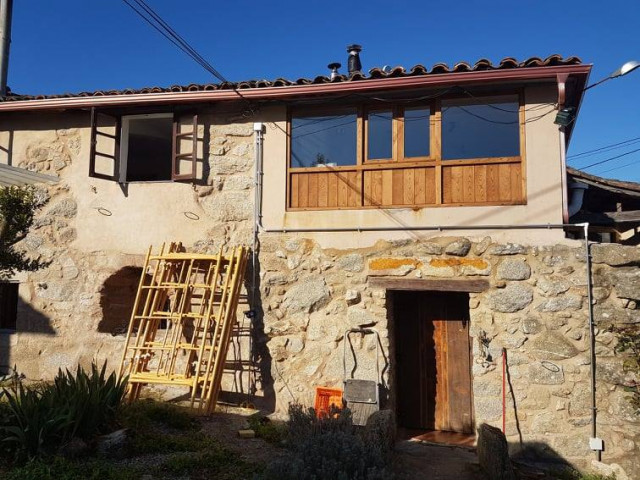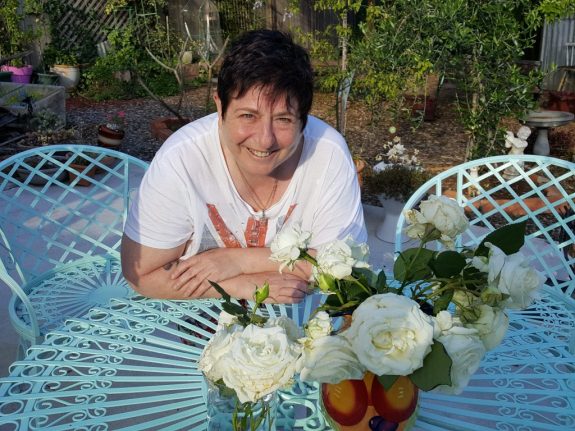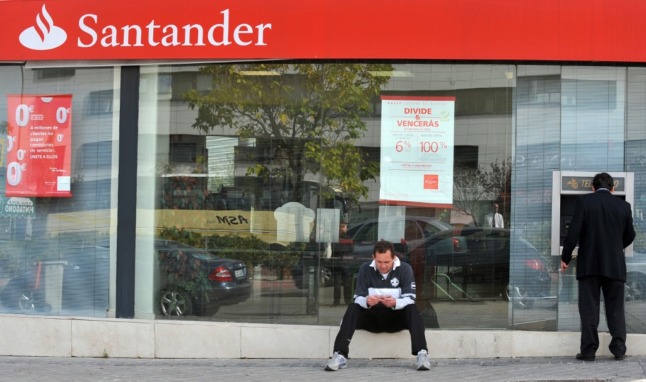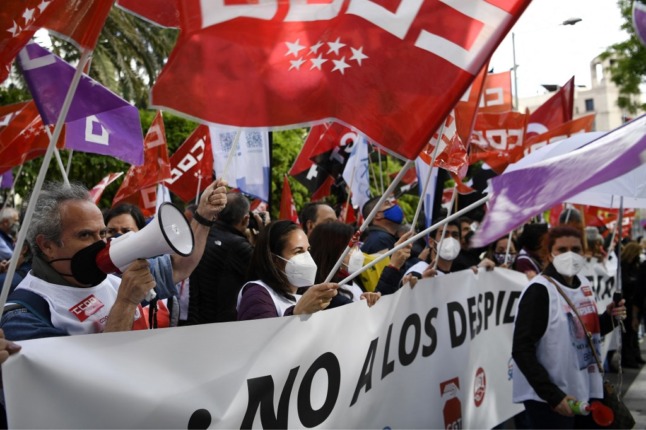In November 2017 I resigned from my full-time role in Sydney, as a trainer and assessor in community services and counselling, to spend three months in Belfast, caring for my mother, who had fallen and broken her hip. She spent 8 months of that year in hospital and rehabilitation, and I lived in her small apartment while I coordinated her return to independent living.
I had a fair bit of time on my hands between days spent at the hospital or consulting care managers, social workers and doctors. I watched a lot of television! I followed a show that featured people who relocated to other countries, to facilitate lifestyle changes, and my awareness of my own situation increased; the life that my partner and I were living in our home country was only going to become tougher as we aged.
Our suburb was becoming a city, and the rising cost of living alarmed us as we faced eventual retirement on a tiny, fixed, income, while still servicing a mortgage. So, the idea of relocating took root. During one of our nightly telephone talks, I ran it past my partner, whom I expected to question my mental health. To my surprise, she readily agreed that we should look into it. We had both become dissatisfied with city life and the struggle to maintain careers. So, I did. I had three months of winter to spend playing on my laptop, researching.
The reaction of friends and family to our news-flash was revelatory. Most, once their eyebrows descended, reacted in incredibly affirming and positive ways. A hearty: “Wow!” was the most common – a feel-good reaction that demonstrated they were genuinely pleased for us. Those who said nothing demonstrated their true feelings towards us; how little they cared.
A tiny minority of the people we considered close to us barely acknowledged the event, save to ask a couple of shallow questions. I concluded that this reaction indicated either envy, or that our relationship was never more than superficial. That was disappointing, but not surprising, and I have lost no sleep, ‘though my Christmas card list has shortened.
The most common and, probably obvious, question, asked of us, from supporters and detractors alike, were: “Why Spain, and why Galicia?”
To the first part, I answered: “Why not?” So, why Galicia? Neither of us visited Galicia before. I holidayed once in Andalusia, and I liked it, but never felt drawn to it. While browsing the possibility of re-locating to Europe, Galicia was not even on my list. I looked at France, at Italy, and at Portugal before Spain. And, when Spain began to make the most sense practically, it was to Asturias that I looked. We love mountains and rivers, and we love the sea. I found beautiful Asturian houses in abundance, in lovely locations. None excited me. Practically, it also posed too many challenges at our stage in life.
Out of curiosity, and just to compare property prices, I finally typed Galicia into the search box. When the page opened, I lost my heart. The more I looked at her, the deeper I fell. Perhaps she called out to that drop of Celtic blood in my veins? Perhaps I answered the siren call of the Atlantic shores, the green mountains; those deep river ravines, ancient forests and dry-stone walls? The food, the music, the people, the strong, unbending culture all compelled me to wards Galicia.
Then, I spotted “our house.” Just as my first sight of my partner Sarah told me that she was “The One”, I looked at her and I knew. I shook poor Sarah awake at 1.30am to tell her: “I have found our house.”
Our new home sits comfortably in a hamlet of six stone houses on the fringe of a small, but vibrant village, in the region of Ribeira Sacra – the “Sacred River.”
A lane lined with blackberries, ivy, chestnut and beech and bay trees line the camino. Casa Girasol, nestles behind stone walls on high-ground, overlooking our little piece of this ancient, magical land, bordered by the wall of a 12th century convent. From the terrace, we can see the roofs of the village houses, a stork’s nest or two, and the clock tower of the casa de consello. We can hear the convent chapel bell ring the angelus at morning, noon, and sunset, summoning the nuns to their devotions; we can hear birdsong and the clacking of storks’ beaks.
Our land has a small orchard: an apple tree, a cherry tree, a pear tree, raspberries and blackcurrants. It has trees bearing sweet chestnuts, hazel and walnuts. Poppies sway in the breeze. Climbing roses scent the air.
Therein lies my answer. This is why we chose Galicia.

Next week: Heath and Sarah host their first volunteers on a scheme that matches people who need help restoring properties with volunteer workers who provide labour in return for board and lodging.
READ ALSO: Group of friends buy entire abandoned Spanish village to fulfil retirement dream





 Please whitelist us to continue reading.
Please whitelist us to continue reading.
Member comments